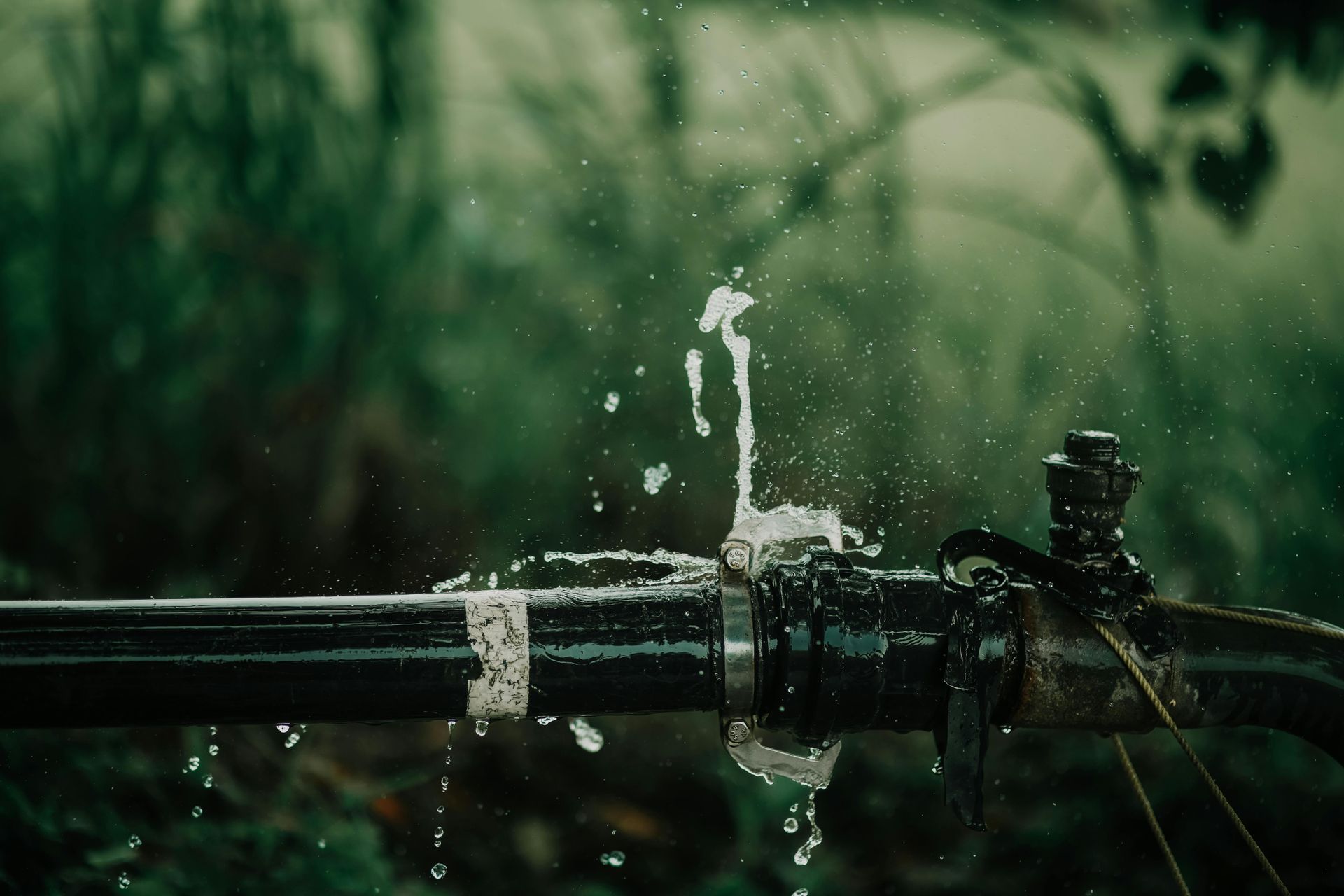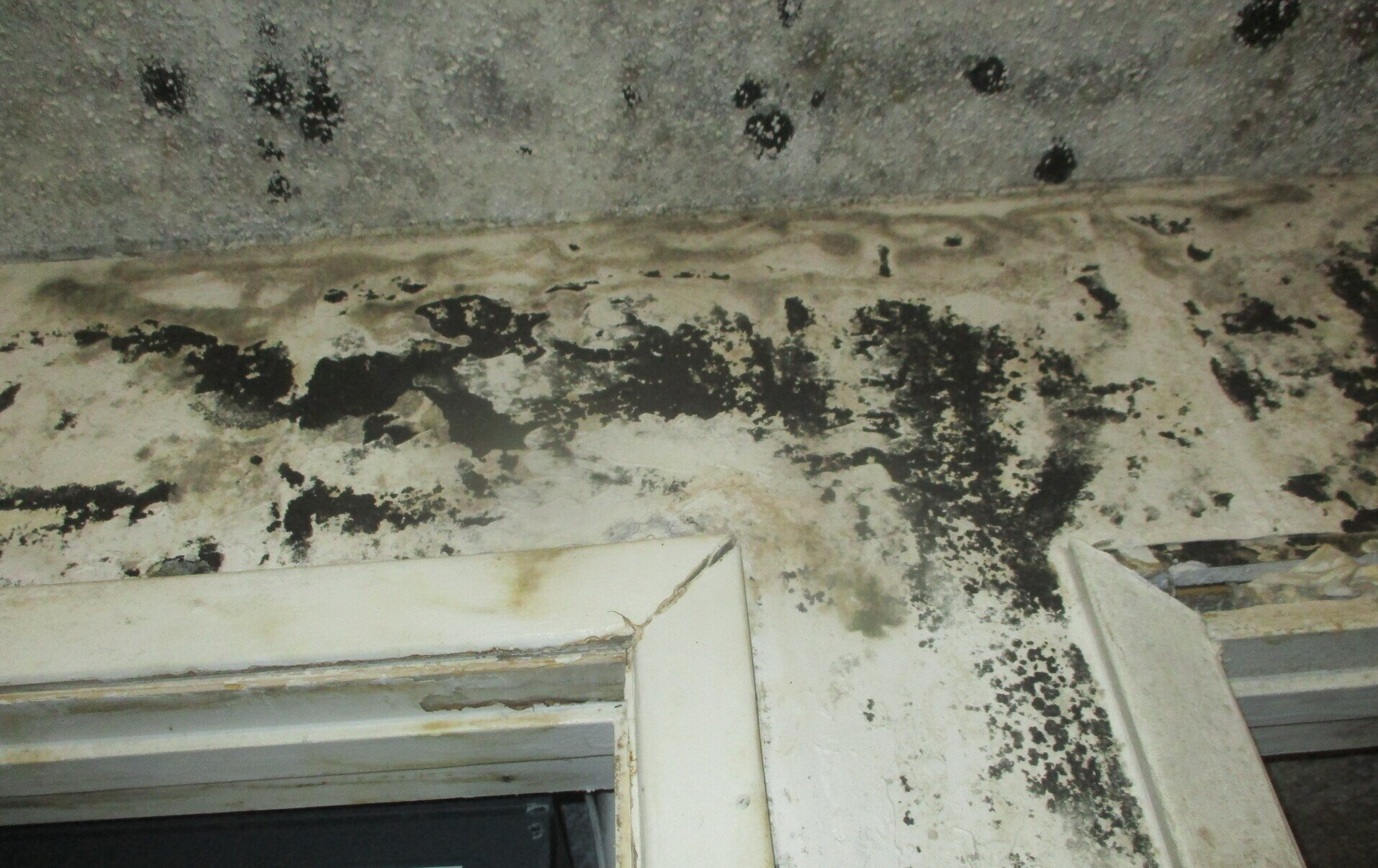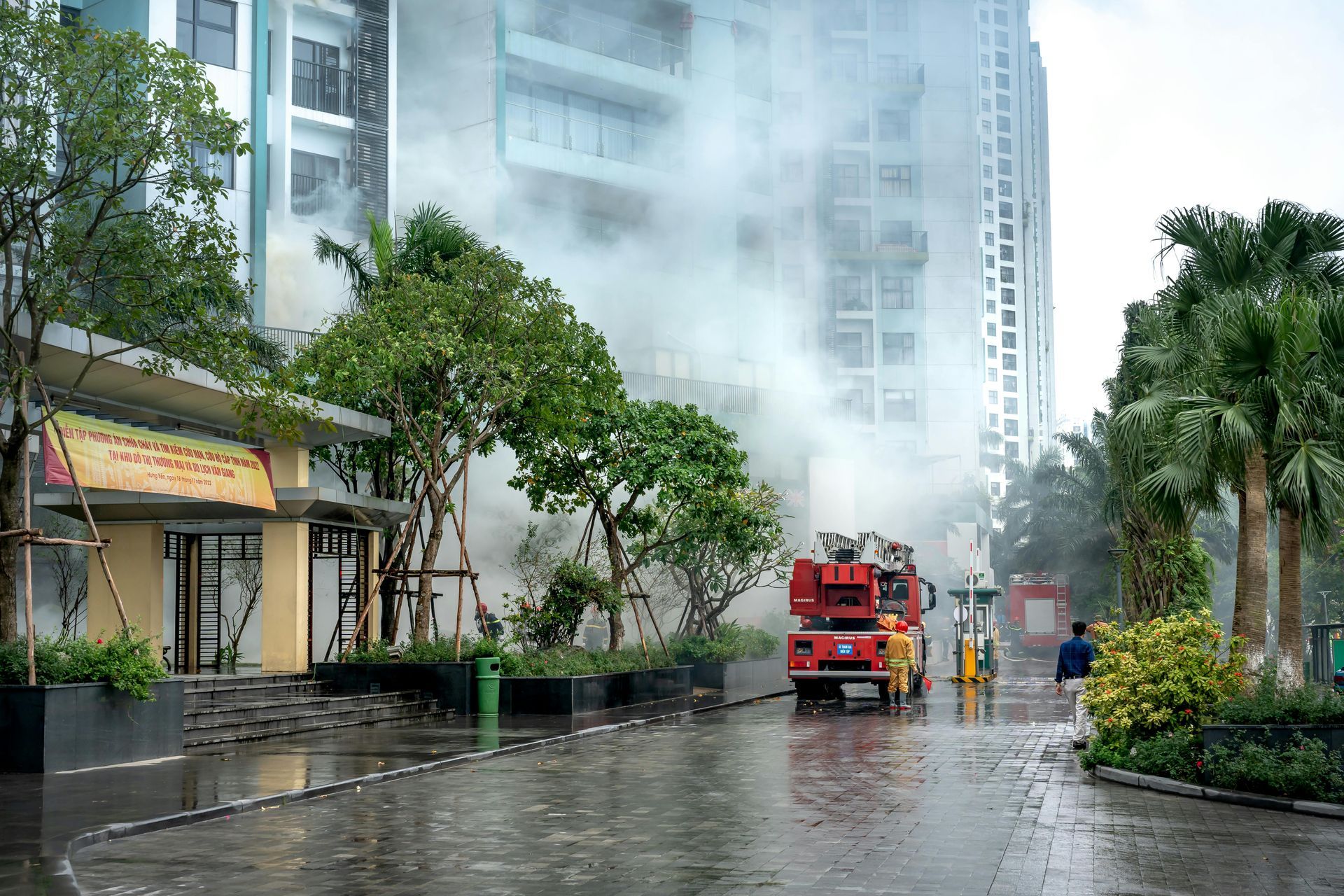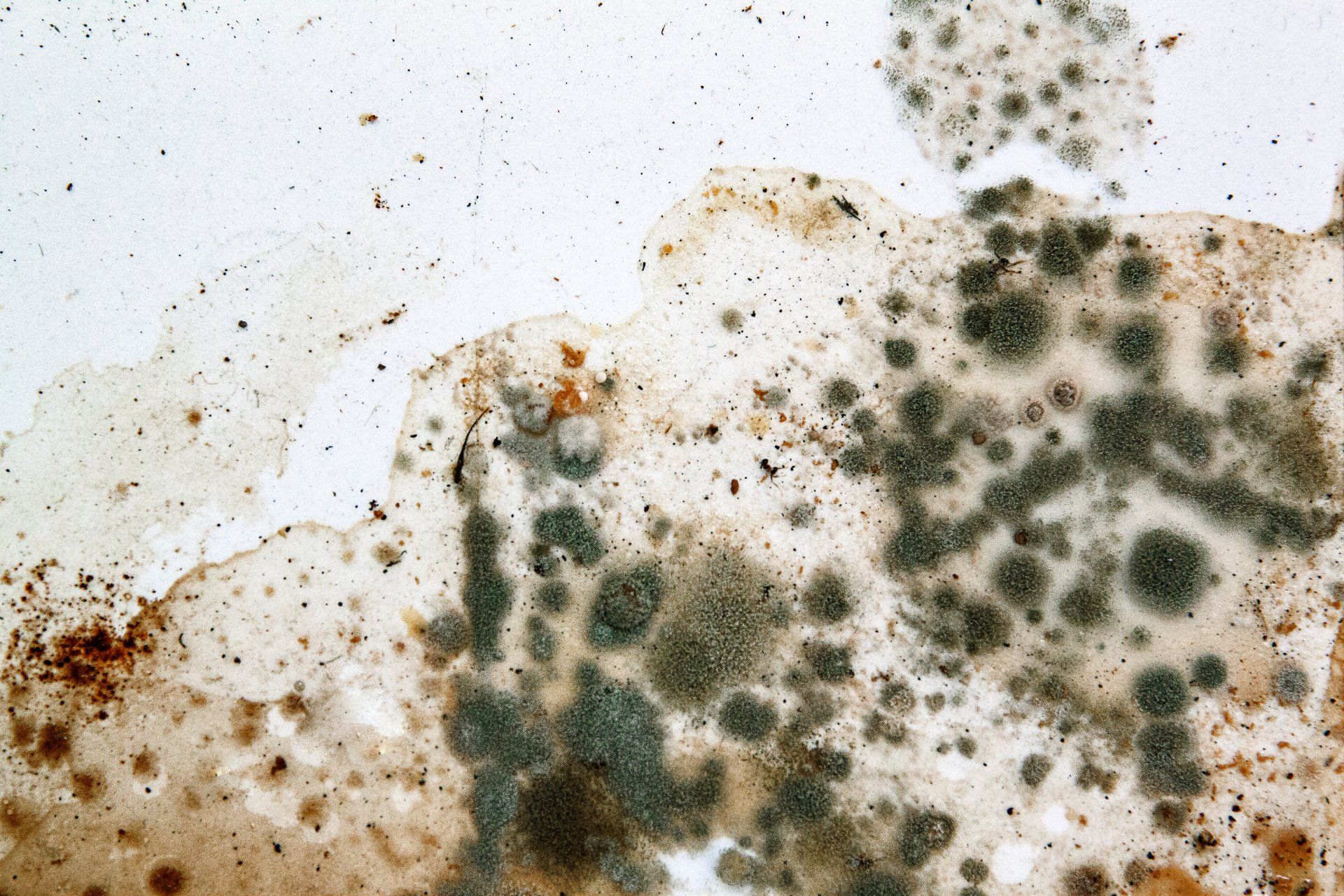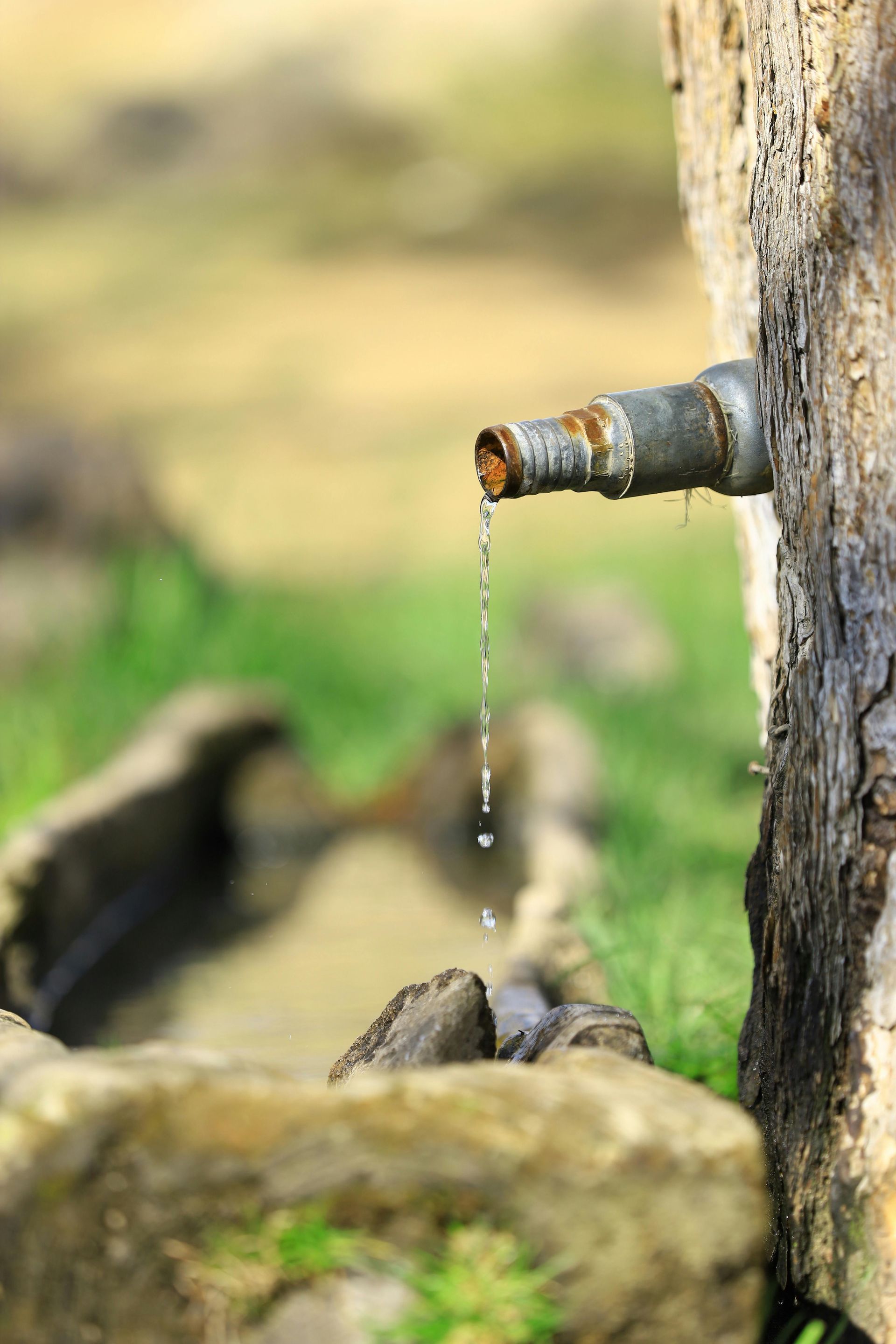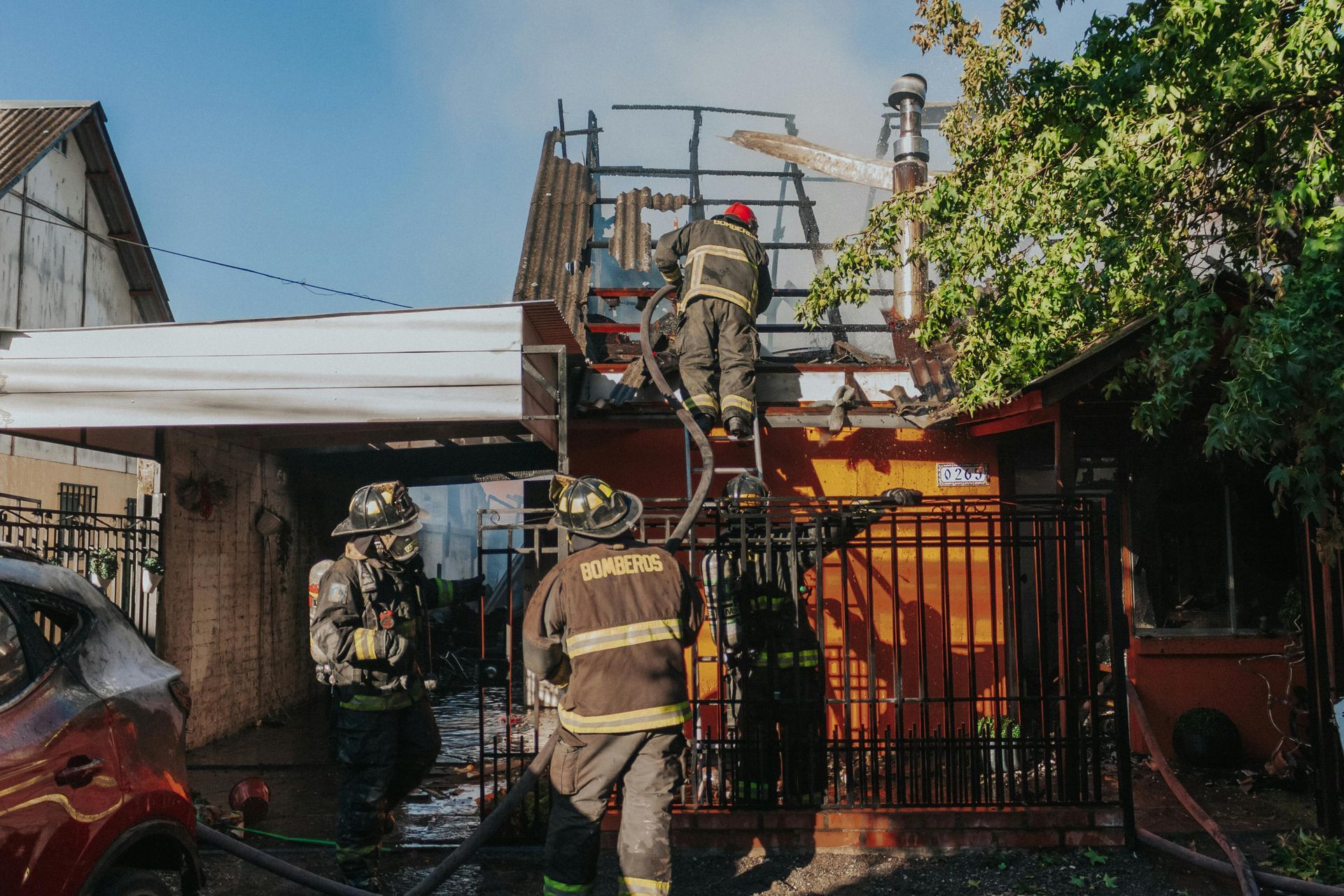The Advantages of Quick Water Damage Response
Advantages of Quick Response Water Damage Action: Why Speed Matters
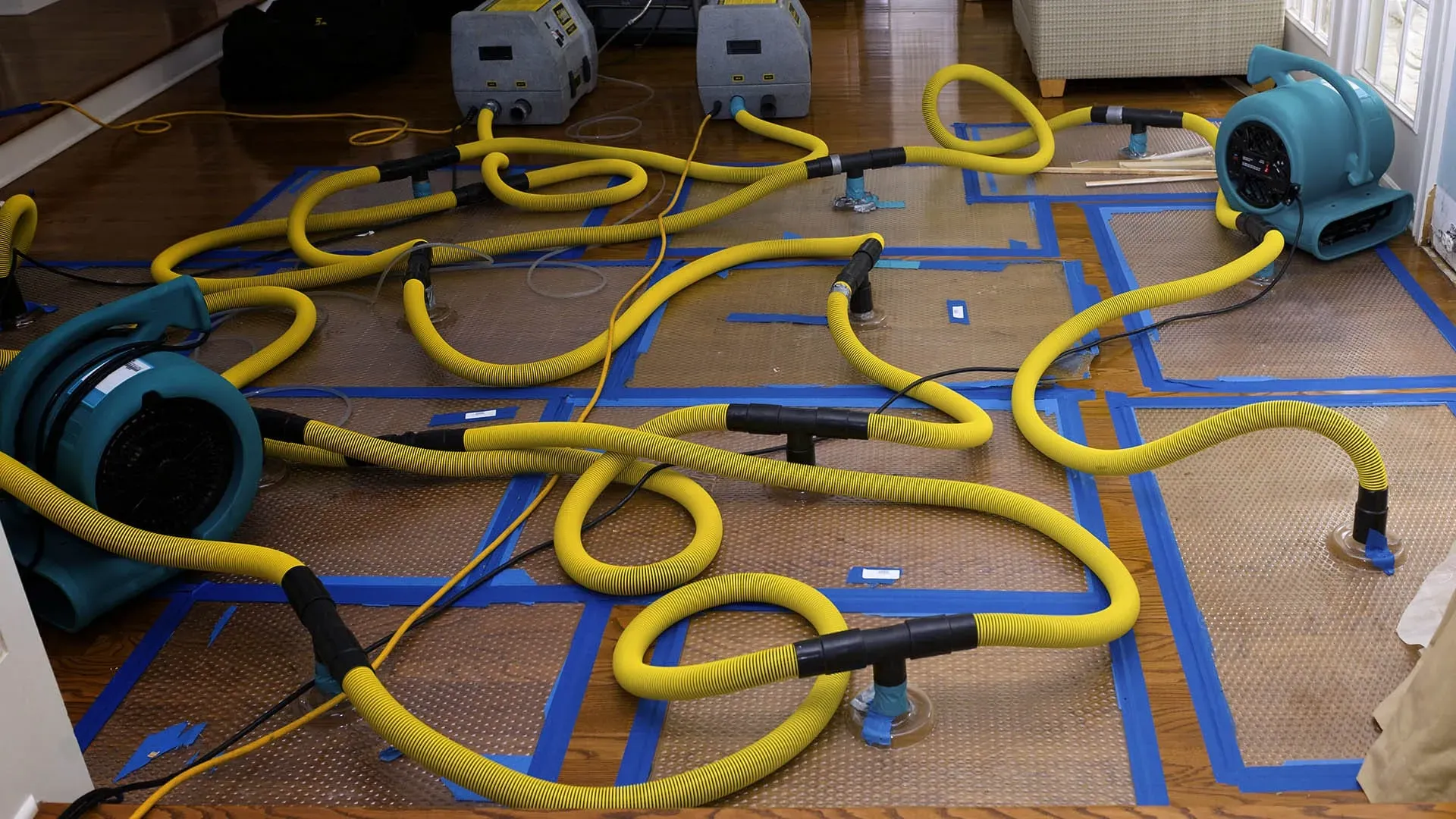
Imagine waking up to a burst pipe in your basement - a homeowner's nightmare. As the water level rises, so does the risk of extensive damage. This scenario emphasizes the need for a quick response to water damage restoration. In this article, we'll answer questions like "Can water damage dry out?" and "Is water damage easy to fix?" Many homeowners underestimate the impact of water damage and fail to respond quickly. However, damage can escalate quickly if not addressed immediately. We'll explore the critical role of fast response in water removal and delve into how a quick response restoration team can mitigate the consequences of water damage.
Understanding the Nature of Water Damage
Water damage can occur unpredictably, resulting from weather-related events such as floods, storms, and hurricanes or due to household issues, including burst pipes, plumbing leaks, and appliance malfunctions. Regardless of the source, water begins to affect materials upon contact. Porous materials like wood, drywall, and carpet absorb water quickly, accelerating damage. This rapid absorption underscores the need for a quick response water restoration team to mitigate the effects swiftly and effectively.
Advantages of Quick Response to Water Damage
When it comes to water damage, the timing of your response can significantly influence the extent of the damage, the costs associated with restoration, and potential health risks. The faster you act, the better the chances of limiting the damage and reducing repair costs. Immediate action is particularly crucial for preventing the growth of mold and mildew, which can result from prolonged moisture exposure. These fungi pose potential health risks, including respiratory issues and allergic reactions. A quick response water restoration team can rapidly begin the drying process, minimizing the timeframe for mold growth.
Delaying action not only allows the water to seep deeper into your property, causing structural damage but also escalates the cost of repairs as the damage intensifies. Therefore, a fast response is paramount in
mitigating the destructive effects of water damage. The quicker the water removal and restoration process begins, the lower the physical, financial, and health-related consequences will be. Remember, when it comes to water damage, the clock is ticking. The choice is yours: respond quickly to minimize damage, costs, and health risks, or delay and face the consequences.
Preventing Structural Damage
A delay in addressing water damage can significantly compromise a building's structural integrity. Water, being invasive, can infiltrate the foundation, walls, and floors, weakening their stability over time. Foundations, being the support base of a structure, when compromised, can lead to serious structural issues. Walls and floors, too, absorb water, leading to warping, swelling, or even collapse in severe cases. The material degradation process is subtle yet continuous, and the damage isn't always immediately visible. Hence, swift water removal and damage control by a quick response restoration team is vital to prevent the insidious and potentially devastating effects of water damage on a building's structural soundness.
Avoiding Mold Growth
Mold, a ubiquitous fungus, thrives in conditions where darkness, moisture, and organic material are abundant. Following a water event, such conditions often exist, providing an ideal environment for mold spores to multiply. Alarmingly, the onset of mold growth can occur within a mere 24-48 hours post-water event. Exposure to mold poses significant health risks, including respiratory issues and allergies. Mold spores, when inhaled, can lead to symptoms such as coughing, wheezing, and severe allergic reactions. It is, therefore, vital that water damage is addressed swiftly by a quick-response restoration team, preventing mold infestation and the associated health risks.
Saving Valuable Possessions
Your valuable possessions, including furniture, electronics, and important documents, are highly susceptible to water damage. Water can leave permanent stains on upholstery, corrode electronic internals, and destroy paper materials. Some damages are irreversible if water exposure is prolonged. Quick response water restoration professionals can salvage these items before it's too late. They employ specialized techniques to dry out, clean, and restore your belongings, preventing further damage. Hence, a swift reaction to water damage is not only about saving the structure of your home, but it also means protecting your cherished possessions.
Reducing Costs
Controlling costs in the aftermath of water damage hinges on the speed of response. Immediate action by quick response restoration professionals can limit the extent of damage, hence reducing the cost of repairs. Conversely, a delay in water removal can escalate damage, increasing the restoration costs exponentially. Items that could have been dried and restored may now require replacement, which could be significantly pricier. Additionally, prolonged exposure to water can lead to structural deficiencies requiring extensive and costly remediation. Therefore, investing in a quick response water damage service may seem costly upfront, but it's generally far less expensive than the potential cost of neglecting water damage.
Minimizing Health Risks
Standing water poses a significant health risk due to the potential for bacterial and viral infections. It can serve as a breeding ground for bacteria, viruses, and other pathogens, which can multiply rapidly under favorable conditions. In fact, certain bacteria, such as Legionella, can thrive in stagnant water, leading to infections like Legionnaires' disease, a severe form of pneumonia. Similarly, stagnant water can also harbor viruses, including those that cause gastroenteritis, hepatitis, and other diseases, which can be transmitted upon contact or ingestion.
In addition to these bacterial and viral threats, the already discussed mold infestation is another major health hazard associated with standing water. Mold exposure can lead to respiratory illnesses and allergenic reactions, as highlighted earlier. Therefore, swift water removal and decontamination by a quick response restoration team is essential to minimize these health risks. By doing so, you not only protect your property but also prevent potential health problems for you and your loved ones.
Essential Steps in Quick Water Damage Response
Embracing a systematic and thorough approach is of paramount importance when dealing with water damage. It ensures all the nuances associated with water damage are appropriately addressed, leaving no room for future complications. In the following sections, we delve into the essential steps incorporated in an effective response
water damage restoration process.
Immediate Assessment
Upon arrival, a quick response restoration team conducts an immediate assessment to gauge the extent of the water damage. This crucial first step allows professionals to strategize their action plan effectively. They employ advanced tools like moisture meters and infrared cameras to detect hidden water pockets and assess moisture levels in various materials. These devices provide accurate data, enabling an in-depth understanding of the damage's scale and intensity. This quick, thorough assessment not only sets the stage for a swift, efficient water removal process but also aids in determining whether the water damage can dry out or if extensive repairs are necessary, thereby addressing the question, "Is water damage easy to fix?" It's the foundation of any successful water damage restoration process.
Water Removal
Following the initial assessment, the quick response restoration team moves into immediate action to extract the standing water using industrial-grade pumps and vacuums. This phase of water removal is critical, as any remaining water can further damage the property and create a conducive environment for mold growth. It's during this stage that professionals ensure every inch of the affected area, including hidden pockets, is thoroughly addressed. They meticulously extract water from carpets, furniture, and other porous materials, striving for the most thorough water removal possible. This thoroughness in
water extraction is crucial in preventing lingering issues, underlining the importance of a fast response to water damage situations.
Drying and Dehumidifying
Once the visible water has been removed, professionals utilize air movers and
dehumidifiers to expedite the drying process. Air movers facilitate the evaporation process by circulating airflow across walls, carpets, pads, and furniture, effectively eliminating moisture. Concurrently, dehumidifiers remove excess moisture from the air, preventing secondary water damage such as swelling and warping of floors, walls, and furniture. This process is critical in addressing even hidden moisture pockets that could lead to mold growth. By ensuring all areas, visible and hidden, are dry, we further mitigate the risk of future damage, reinforcing the importance of a quick response and professional handling in water damage restoration.
Cleaning and Sanitizing
After drying and dehumidifying, a crucial step is the thorough cleaning and sanitizing of the affected areas. This is necessary to eliminate any potential pathogens and prevent mold growth. Professionals employ techniques such as HEPA vacuuming and antimicrobial treatments. Commonly used cleaning solutions include detergents and disinfectants capable of killing bacteria and other microorganisms. It's this meticulous attention to cleaning and sanitizing that ensures a safe and healthy environment post-water damage. Hence, a quick response water restoration service is essential in managing potential health risks and ensuring your home or business premises return to their pre-damage conditions.
Restoration
The final phase in the quick response water restoration process involves restoration, where any structural repairs are undertaken to return the property to its pre-water damage condition. This can range from minor repairs, like replacing a section of drywall, to major reconstructions, such as rebuilding entire rooms. The restoration step is a testament to the effectiveness of a swift response, as it rectifies the damage quickly and efficiently, restoring your home or business to its former glory. The goal is to make the water damage "Like it never even happened," ensuring peace of mind knowing your property is back in its optimal state.
Don't Wait: Restore and Reclaim Your Space Now!
In summary, swift action is crucial when faced with water damage. From immediate assessment to restoration, each phase is vital in preventing further damage and potential health risks. At
Sunshine Restoration, we offer quick response water damage services, making use of advanced tools and techniques, and a professional team committed to restoring your property to its pre-damage condition. We believe in addressing damage quickly, efficiently, and thoroughly - making water damage seem like it never happened. Don't let water damage disrupt your life. Choose Sunshine Restoration for fast response and the highest quality service. Call us now to reclaim your space and restore peace in your home or business.


